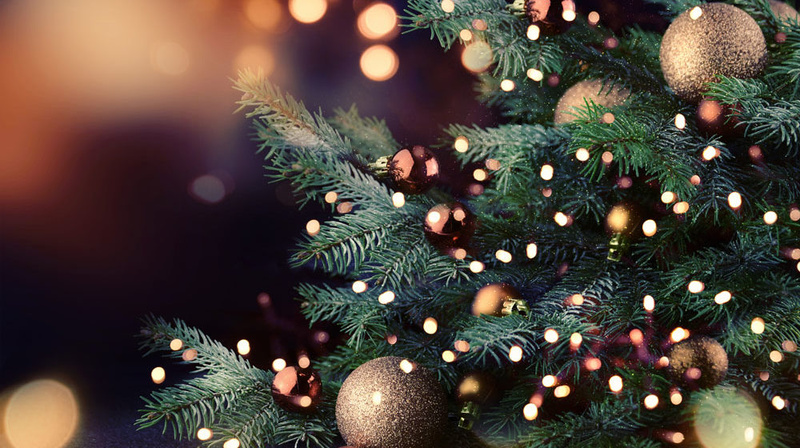
What to Do with Your Live Tree After Christmas
10 million Christmas trees end up in landfill every season. Choose an environmentally friendly way to dispose of, repurpose, or recycle your tree this year: recycle it through a community program, create pine straw mulch, make a wildlife refuge, or enjoy a safe campfire.
Consumers in the United States purchase 25 to 30 million Christmas trees each holiday season, and a whopping 10 million trees go straight to landfills each January. This is an incredible amount of landfill space filled by trees that will take years to break down. We encourage you to choose alternatives to the landfill this season. We’ll help you determine the best environmentally-friendly way to dispose of, repurpose, or recycle your tree this year.
Don’t Burn Christmas Trees in the Fireplace
Let’s start with what you should never do: burn a Christmas tree in the fireplace. This is extremely dangerous and can result in a devastating accident.
- Spruce, fir, and pine trees carry turpentine oils and sap that burn explosively.
- When burned, the evergreens typically used for Christmas trees produce lots of creosote, a highly flammable chemical. Creosote accumulates inside the chimney and quickly catches fire when a spark or flame reaches it.
- Most people underestimate the speed at which pine needles burn. Sparks flying from burning needles can land on flammable indoor objects or the roof and nearby landscaping.
If you are interested in burning your Christmas tree, this must be done outside and very carefully.
How to Burn Safely
The safest way to burn a Christmas tree is to remove the branches and chop the trunk into firewood for use in an outdoor firepit. It will most likely take several months for the wood to dry enough for burning. However, once dry, enjoy your tree once more with a night by the fire.
You must take extreme caution if burning your entire Christmas tree. As previously mentioned, the oils in these trees are highly flammable and can quickly cause large fires. Burn only small amounts at once, build your fire in a clear space without overhanging trees, and make sure to have a hose nearby.
Community Recycling Programs
Most cities and counties offer free Christmas tree recycling. Some of them have drop-off locations, and others provide curbside pickup. Look at your city and county websites to learn about your local recycling program. Depending on where you live, your used tree may be turned into landscaping mulch, become part of a habitat restoration project, or be used to reinforce coastlines and dunes. Some locations even give free trees or mulch in exchange for recycled Christmas trees.
Create Pine Straw Mulch
Use your tree in your own landscaping by making pine straw mulch. Pine straw acts as an efficient insulator against the approaching cold weather. Remove the branches, cut them into smaller pieces, then spread them in garden beds at the base of your perennials.
Make a Wildlife Refuge
One of the easiest and most beneficial things to do with your Christmas tree is repurposing it as a wildlife refuge. Place the tree on its side in a secluded area of your property to provide shelter for small animals. If you have a pond or lake on your property, weigh down and sink the tree to provide a refuge for underwater creatures.